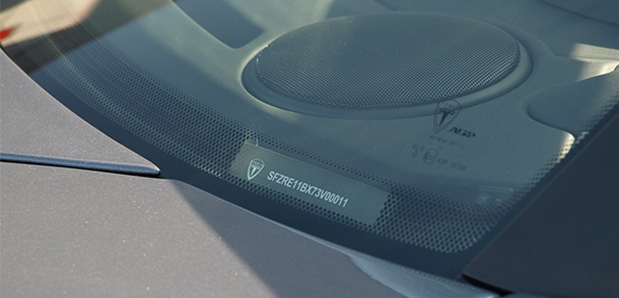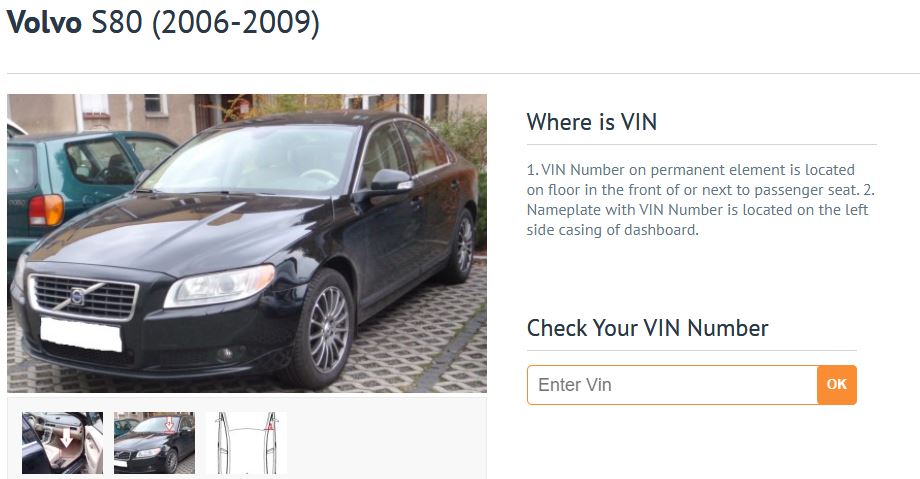
Vehicle identification is one of the first actions carried out during the diagnostic testing of vehicles and is the important part of test. VIN in the Volvo should be placed permanently on the chassis or bodywork on the right side of the vehicle. Vehicle identification is one of the first actions carried out during the diagnostic testing of vehicles and is the important part of test.
Nowadays the most popular are four standards of VIN:
- FMVSS 115, Part 565: Used in United States and Canada
- ISO Standard 3779: Used in Europe and many other parts of the world
- SAE J853: Very similar to the ISO standard
- ADR 61/2 used in Australia
Chassis number location depends model like: Volvo S90, Volvo V90, Volvo XC90 Volvo XC CLASSIC, Volvo S60, Volvo V60, Volvo XC60, Volvo V70, Volvo XC70, Volvo S60, Volvo S80, Volvo C70 Volvo S90, Volvo V90, Volvo S70, Volvo V70, Volvo 850, Volvo 940, Volvo 960 and others. In the older vehicles, VIN was placed on Nameplate with VIN Number. In the new cars often is placed on nameplate sicker behind front glass. The easiest way is use our tool, its totally free!
Check VIN number in Volvo – enter body number
Remember that before you buy, check the history of the vehicle. You do this by typing the VIN Number Volvo below:
It’s worth deciphering the VIN before you buy the vehicle to make sure you’re actually paying for what you’re buying. Unfortunately, it may turn out that the new equipment adversely affects the vehicle and frequent visits to the showroom will be necessary. By checking the VIN, we are also able to determine whether the vehicle has accidentally entered the country illegally. This is unfortunately an increasingly frequent problem.
VIN number – what is it?
The VIN, or Vehicle Indentification Number, is a unique vehicle identification number that contains numerous and important pieces of information about a car. The VIN contains information such as country of manufacture, model year, drive type, engine version, equipment options, among others.
VIN numbers were first used in 1954 in the United States. Car manufacturers such as Suzuki were already marking their cars in this way. Marking of this type began to be used by manufacturers in Europe. However, the first numbers looked very different. It was not until the 1980s (in 1981 to be precise) that the world’s manufacturers, together with the US manufacturers, finally agreed on this issue.
In 1981, the National Highway Traffic Safety Administration in the United States standardised the format. Cars sold should contain a 17-character VIN that does not contain the letters I (I), O (o) or P (q) (to avoid confusion with the numbers 1 and 0).
A common standard has therefore been developed to facilitate the work of the police, insurance companies and used car dealers. From now on, the VIN of each car has 17 characters – letters and numbers.


 EN
EN  PL
PL  RU
RU  DE
DE  HU
HU  EE
EE  LV
LV  RO
RO  SI
SI  CZ
CZ  LT
LT 
